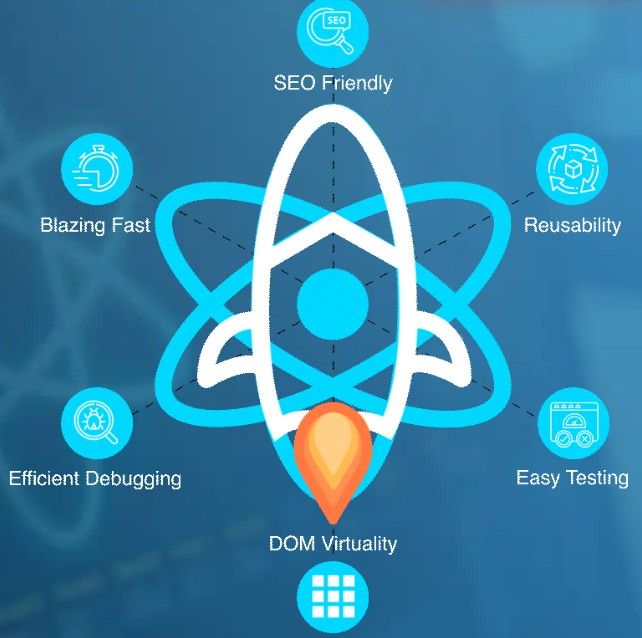
A Comprehensive Guide to Taxi Booking App Development
This comprehensive guide explores the diverse landscape of taxi booking applications, their development requirements, and market potential.




© 2024 Crivva - Business Promotion. All rights reserved.